 Your new post is loading...
 Your new post is loading...
Visioning enables leaders to realize that the future really is their own creation, personally, professionally and relationally.
In these three areas they can change their organizations and change the lives of their employees. Visioning is where all improvement can be made personally and collectively. Choosing realties that are better than the ones we currently have is what Visioning enable leaders to do.
Brené’s big idea is that vulnerability is good for you, or as she puts it, ‘vulnerability is our most accurate measure of courage’. We live in a culture where making yourself vulnerable – exposing your fears and uncertainties, taking emotional risks – is considered a form of weakness, and something most of us want to run away from. But Brené’s research reveals the hugely positive outcomes that emerge from stepping into the arena of vulnerability. It is precisely when we expose ourselves – perhaps in a relationship or at work – that ‘we have experiences that bring purpose and meaning to our lives’.
Community, more than any other factor, will transform the role of leaders and influence the development of workplace culture. The power of online learning communities is more visible in lean-running start-ups where skills must shift quickly, but I think their effect will be more profound in established companies on a global scale.
Via Bobby Dillard
Bullying at the workplace: Statistics on bullying - Human resources News on Violence in the Workplace "...between 35 and 50 percent of workers have been bullied or otherwise abused in their workplaces at some point during their careers." Duffy told us. "And for those of you in HR, you might be very interested to learn of the frequency statistics that were reported in a very recent study – 31 percent of human resources personnel had been bullied and over half of that bullied group believed it was because of their role in human resources and their associated responsibilities." As if the personal implications weren’t enough, there is also a financial aspect to this situation. "In the United States, the actual cost . . . $250 million annually in expenditures related to health care, litigation, staff turnover, and retraining from workplace bullying and mobbing." Duffy explained. This figure may be low given a lot of these types of costs are not always attributed to bullying when in fact they could be.
Do you have what it takes to be a leader in the businesses of the future? Plenty of companies are worried that the pool might not be big enough to pick from in the future, so check out this infographic by NowSourcing to see if you’ve got the right stuff to succeed.
Via Gust MEES, Jose Luis Anzizar
...this may be due to something called the the negativity bias, a psychological phenomenon by which humans pay more attention to, and give more weight to, negative experiences. There is scientific research showing that we are in a “negativity-handicap” on a daily basis because others will focus on our flaws or mistakes instead of focusing on what we do well or what we can achieve by leveraging our strengths and learning from our mistakes.
"Linkedin, Facebook and Twitter have changed the ROI on leadership and it’s your responsibility to get in the game." Excerpts: As a former C-level exec, I was skeptical myself, but now I’m a believer. Linkedin, Facebook and Twitter have changed the ROI on leadership and it’s your responsibility to get in the game. About a year ago, the head of marketing for a healthcare company told me, “our leaders are not paid to write and express their POV outside their immediate roles & responsibilities. Besides, many of them don’t write well and would tarnish their image if they tried.” I responded ...many of your smaller competitors have invested in activating the voices of their senior executives by training them how to blog and also how to utilize social media to expand their reach and influence.” This prediction recently became a reality and not only has the head of marketing been fired, but the company has had to hire new talent that understands how to implement the power of social media. Read the full post and helpful comments here.
Via AnnaGenis, Deb Nystrom, REVELN
Our brains harbor seven major negative emotions: Anger Fear Jealousy Hatred Revenge Greed Superstition Certain things leaders do – specifically, exhibit empathy and become attuned to other’s moods – literally affect both brain chemistry and that of their followers” ~Harvard Business Review
Gary Burnison considers leadership to be a privilege. Most people like the idea of leadership but few count the cost. He says, “To lead is to be all in, transparent and accessible, calm in the face of upset and even crisis, and always mindful that you are a steward of something bigger than yourself.”
Using emotional intelligence can help you succeed as a leader. But what is emotional intelligence, and why is it that success in life sometimes seems unrelated to intelligence and how hard you are prepared to work?
Via Dr. Susan Bainbridge, Martin Gysler, Anne Egros
As leaders we have all dealt with difficult employees that have been low performers.
What is leadership success? Is it money, promotions, happiness, raising a family, changing the world, or advancing your industry or community?
|
Insight from John Kotter about the difference between leadership and management. The mistakes people make on the issue are threefold: Mistake #1: People use the terms "management" and "leadership" interchangeably. This shows that they don't see the crucial difference between the two and the vital functions that each role plays. Mistake #2: People use the term "leadership" to refer to the people at the very top of hierarchies. They then call the people in the layers below them in the organization "management." And then all the rest are workers, specialists, and individual contributors. This is also a mistake and very misleading. Mistake #3: People often think of "leadership" in terms of personality characteristics, usually as something they call charisma. Since few people have great charisma, this leads logically to the conclusion that few people can provide leadership, which gets us into increasing trouble.
Via Kenneth Mikkelsen
If you’re job hopping, serially starting companies, or constantly burned out, ask yourself: why is this happening? Chances are, it’s as simple as not being on a mission that you care about. When you’re really doing something you love, stress can actually improve productivity (this isn’t necessarily founded in science, just personal observation), whereas when you’re drudging along, stress compounds an already adverse circumstance. So what makes a mission that doesn’t suck? The best missions, it would seem, are those keep you cranking day after day. They’re ambitious, improbable, and fundamentally thrilling. Some of the loftiest are missions that can never quite be fulfilled. Google’s famously is “to organize the world's information and make it universally accessible and useful.” Starbucks wants to “inspire and nurture the human spirit – one person, one cup and one neighborhood at a time.” Whole Foods believes that“companies, like individuals, must assume their share of responsibility as tenants of Planet Earth.”
For HR directors and business leaders, the challenge in 2013 is to ensure they move with the times, getting the most out of new and innovative HR tools and technologies that are now available and ensuring that HR plays a central role in developing wider business strategy.
Via Andrew Spence, HR Trend Institute
Today I want to write about something I came across when learning to practice mindfulness which I thought was extremely strange and funny at the same time. I am sure that many of you will smile whe...
Via Anne Egros
The Trust Maturity Model from www.giveleaderhip.com... What is the level of trust in your team? Chaos? Learning? Optimizing? Or, Innovating?
How do leaders maintain morale and momentum when members of their team are close to collapsing in frustration over the obstacles they face?
Via F. Thunus, Cori Zuppo
"Having a great boss shouldn't be such an unusual experience." My first boss at Bell Labs had a habit of yelling. While he was an equal-opportunity yeller, when he shouted at me in my first department meeting, I got up, told him when he wanted to talk, not yell, I'd be in my office and walked out. I was 20 years old, just out of undergrad, and sitting among a group of aghast Ph.D.'s . Perhaps this was not the best initial career move. But about 30 minutes later, he walked into my office and apologized. He never yelled at me again (though he did keep yelling at the rest of the team), and became one of three manager-mentors that shaped my career at Bell Labs and AT&T — and taught me to manage others and myself. I'll share one story from each boss and the lesson I learned from each. That first boss, the reformed yeller, provided multiple opportunities for visibility up to the president of Bell Labs, coaching me all the way. He went out on a limb to make me the first person promoted to Member of Technical Staff (MTS) without a Ph.D. or M.S., and under the age of 25.
A great leader does what they can to make themselves and people around them succeed and excel to their fullest potential. If you as a leader aren't doing this, then it's time to focus on becoming a...
"In many cases you have an executive team that's so sure about company strategy, but then you go inside the organization and find that nobody else has a clue,"
A strategic conversation based on 4 elements:
Intimacy is about leadership. Interactivity is about channels. Inclusion is about content. Intentionality is about goals, vision, and the strategy of getting things done.
Via Sabrina Murphy
An effective tactic for supervisors in the implementation of a feedback mechanism is to invite feedback from all staff members. The supervisor must make sure everyone knows that the intent is to help the supervisor be more effective and to learn from everyone in the team. It is important to stress that this needs to be a respectful session, and the supervisor must be prepared to actively listen while avoiding becoming defensive. If this is done appropriately, the supervisor has an opportunity to “model the way” to receive feedback for every team member. The supervisor can then hold a team meeting and report a summary of the feedback he or she received to the whole staff. During this meeting, the supervisor can also share his or her plans to address that feedback.
In order to consistently deliver influential and successful products, the supervisor must focus on establishing a strong foundation or “safety zone” where trust and safety are nurtured ...
The objective of this reflective report is to figure out the strengths and weaknesses of the author to becoming an effective leader in the future.
|



 Your new post is loading...
Your new post is loading...








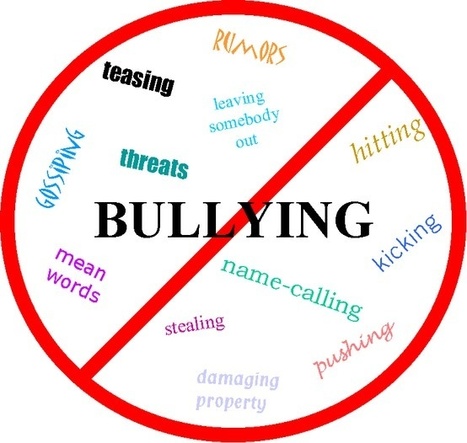


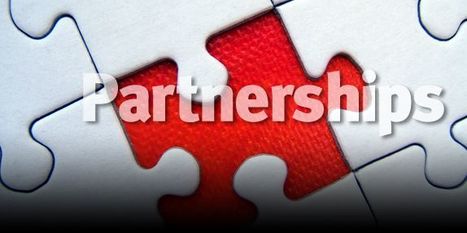


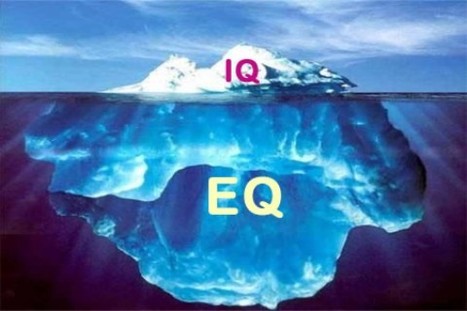
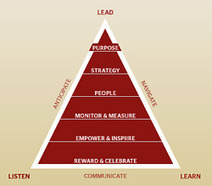



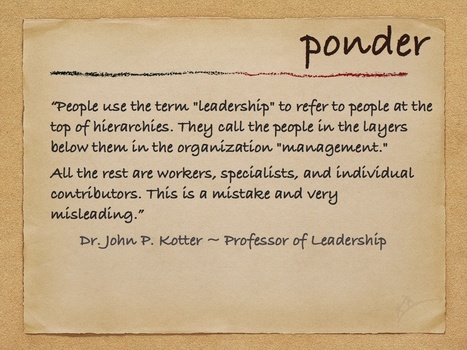








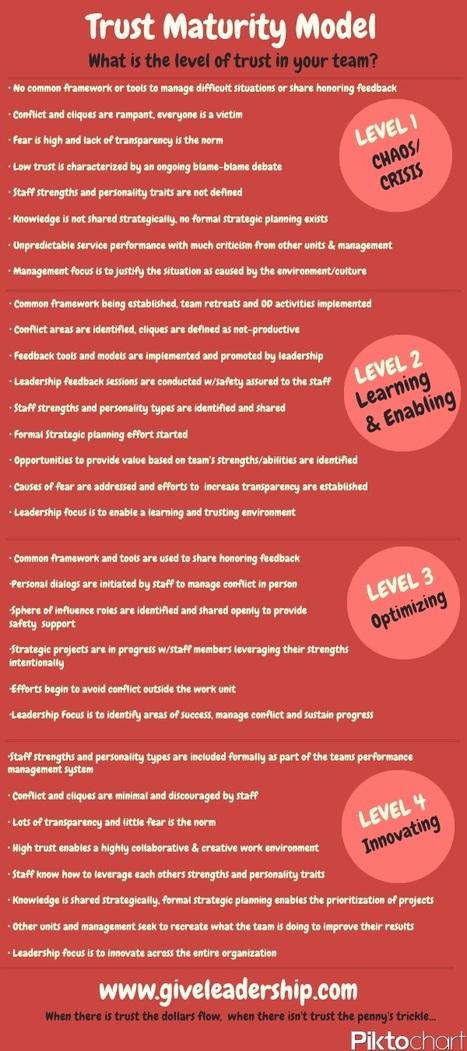















This works for business and personal strategic planning